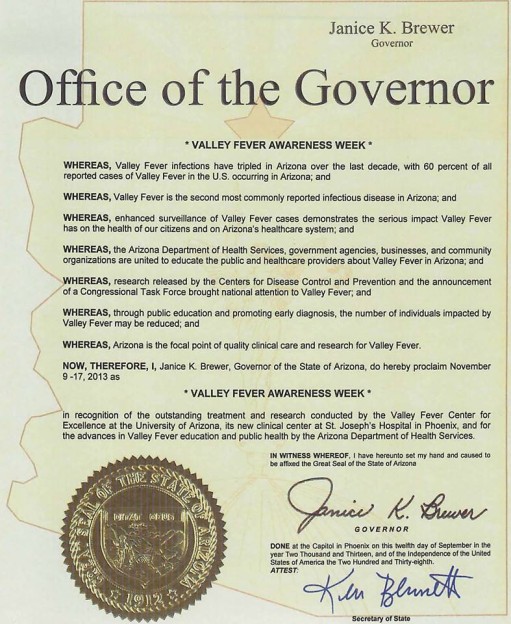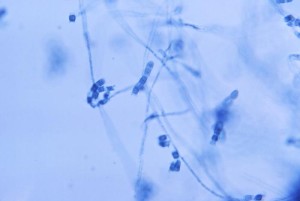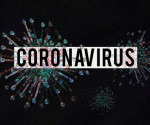‘Valley Fever Awareness Week’ is November 9-17, 2013 in Arizona
Valley fever, or coccidioidomycosis is a fungal disease that is endemic in the southwestern United States. This includes southern Arizona, central California, Southern New Mexico, and west Texas.
In fact, as The University of Arizona Valley Fever Center for Excellence posted on it’s website, two-thirds of all U.S. Valley Fever infections are contracted in Arizona. Nationally, Valley Fever is uncommon and considered an orphan disease.
In 2012, Arizona reported more than 12,000 cases of the fungal disease.
Arizona Governor Janice Brewer proclaimed in September that November 9-17, 2013 to be “Valley Fever Awareness Week”.
Each year, the Governor’s Office issues a proclamation declaring the 1st or 2nd week of November as Valley Fever Awareness Week.

Image/Valley Fever Center for Excellence
People are infected with the fungus Coccidioides immitis by inhaling fungal spores that become airborne after disturbance of contaminated soil by humans or natural disasters like a dust storm.
Approximately 60% of people infected with Coccidioides are asymptomatic and have self-limited respiratory tract infections. If symptoms do appear, they will appear 1-3 weeks after exposure. The symptoms, if present are usually non-specific, flu-like symptoms: fever, cough, headache, rash and muscle aches. Most make a full recovery within a month more or less.

Coccidioides immitis
Image/CDC
However, in a small number of people (approx. 1%), the fungal infection can cause serious infection disseminating to visceral organs, the central nervous system, bone, skin or lymph nodes.
Disseminated Coccidioides infections occur more frequently in dark-skinned races (persons of African or Filipino descent). In addition, pregnant woman and the immunocompromised are more predisposed to disseminated infections.
According to the CDC, in many cases, treatment for coccidioidomycosis is not necessary, as symptoms can resolve on their own. Many healthcare providers still prefer to prescribe antifungal medications, such as fluconazole, to prevent a more severe infection from developing.
It is especially important for people at risk for severe disease, such as people infected with HIV or those with weakened immune systems, to receive treatment as quickly as possible. It is extremely important for people with severe infections to be treated with antifungal medications because advanced coccidioidomycosis can be fatal if not treated.
There are no over the counter medications to treat coccidioidomycosis.
For more infectious disease news and information, visit and “like” the Infectious Disease News Facebook page
In addition to medical history, signs, symptoms, and physical examinations, health care providers use imaging tests such as chest x-rays or CT scans of the lungs to help diagnose Coccidioidomycosis.
Fungal cultures and tests that detect Coccidioides antibodies or antigens are also used.
The CDC says it is very difficult to avoid exposure to Coccidioides, but people who live in endemic regions should try to avoid dusty environments if possible. People who are at risk for severe disease can take the following measures to avoid exposure.
- Wear an N95 mask if you must be in or near a dusty environment, such as a construction zone
- Avoid activities that involve close contact to dust including yard work, gardening, and digging
- Use air quality improvement measures indoors such as HEPA filters
- Take prophylactic anti-fungal medication if deemed necessary by your healthcare provider
- Clean skin injuries well with soap and water, especially if they have been exposed to soil or dust














